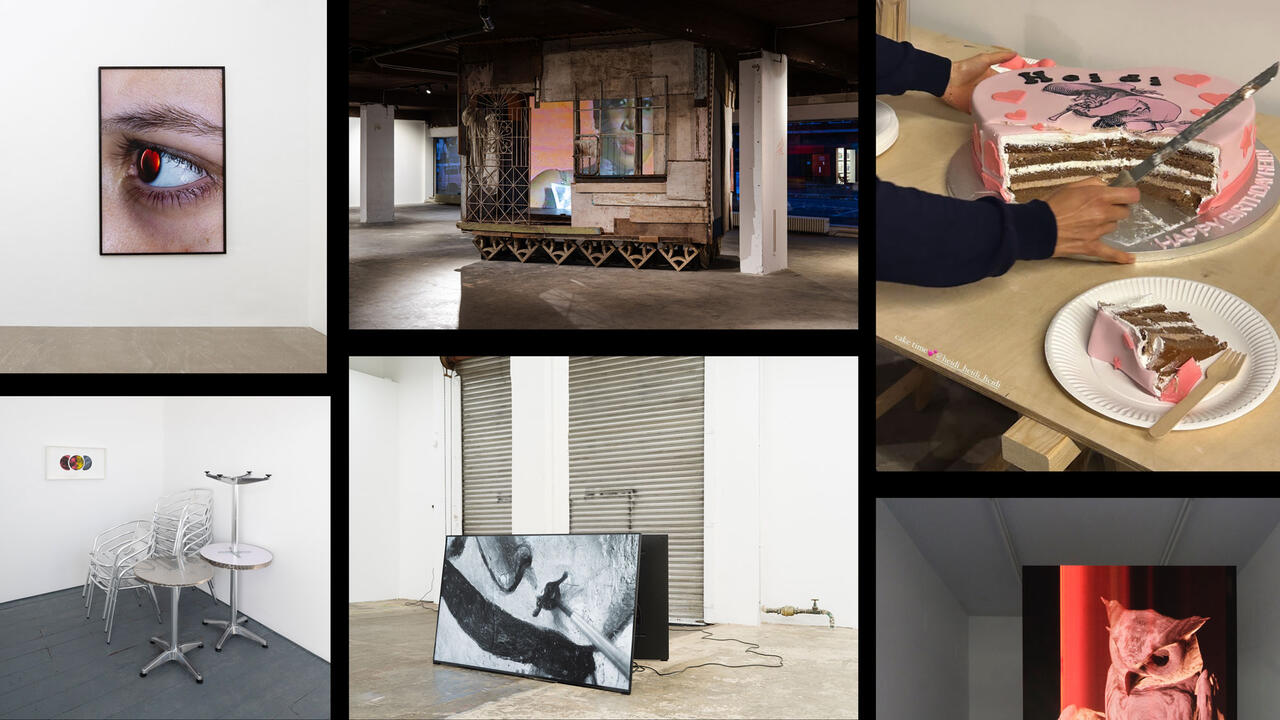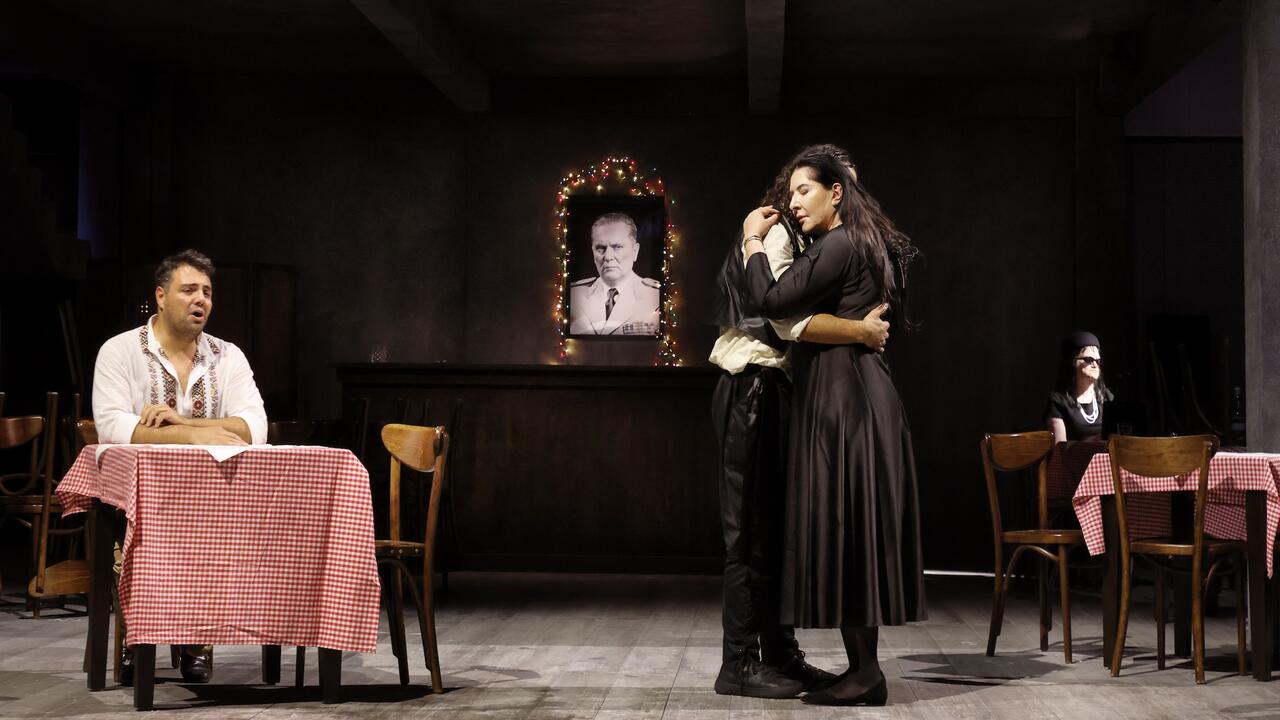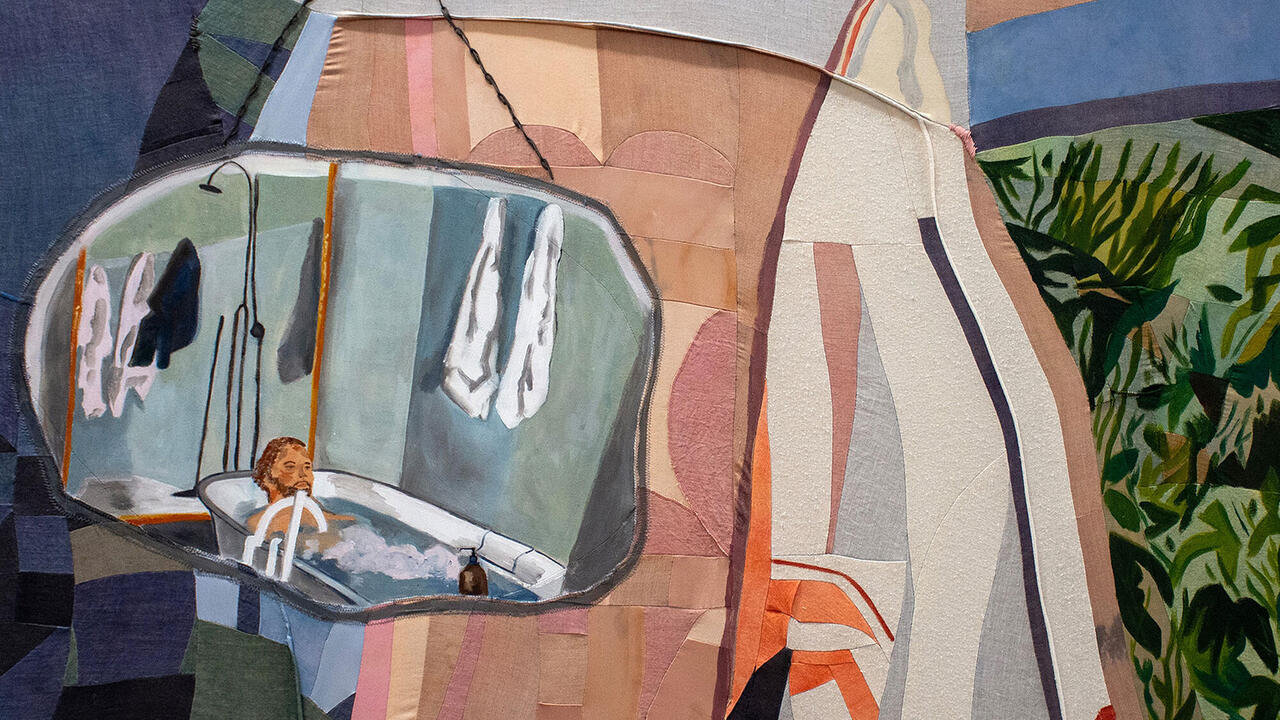Postcard from Copenhagen
The dual sides to the city’s Cph Art Week
The dual sides to the city’s Cph Art Week

In Copenhagen the torso of a woman washed up on the beach last week. Everyone is talking about it. Police have confirmed the body to be that of Swedish journalist Kim Wall, suspected to have died on a homemade submarine belonging to Danish inventor Peter Madsen, whom she was writing a feature on. Above, a helicopter has been constantly circling the Nørrebro district, alert to an ongoing gang war. Nastío Mosquito, appointed artist of the city for this year’s Cph Art Week, said he is surprised by the Danes. ‘They are more chill than I expected,’ he told me, ’Denmark is like the Italy of the north.’ Although Copenhagen is a city best known for stopping traffic to let a family of ducks cross the street, these days there is something Neapolitan to the Danish capital.

‘Love yourself (and yes that includes masturbation)’. This is one of the directives of Nástia’s Manifesto (2008) a video work by Mosquito that I first encounter while using the toilet at a hip bar. ‘Repeat yourself’, he also advises, but with the amendment: ‘Shut the fuck up’. His rhetoric builds the expectation of a radical politics, which, through poetic dexterity and playful quasi-commercial graphics, is simultaneously undermined and inflated. There is no argument here, except one against coherence, but, nonetheless, a confrontation with authority: a clenched fist.
Works such as Mosquito’s dot public and semi-public spaces in the city throughout the duration of the Cph Art Week. The last weekend of August sees the star-studded annual literature festival at the Louisiana Museum of Modern Art, and on the first weekend of September the city hosts two concurrent art fairs. Whereas the former will be a Politiken Plus event – the club for subscribers of the Danish Guardian-equivalent newspaper, Politiken – the fairs are expected to attract international collectors and art professionals. Cph Art Week is an umbrella organization that bridges the gap between the two events, both temporally and demographically: presenting art to a wider audience, and giving non-commercial spaces a centralized structure through which to join in on the fun.

Vermilion Sands is one of a dozen or so ambitious project spaces on Cph Art Week’s map. The Politiken Plus member is not exactly who they had in mind as the audience for their exhibition, one of the curators, Malene Dam, tells me, in anticipation of a tour group’s visit. She testifies to an art scene that is often somewhat inward-looking, in part due to funding structures designed to promote Danish art. Their current show ‘Inside Me With Incredible Intensity’ speaks rather to the power of influence and artistic kinship across borders. The small space is crowded with the spirits of queer icons of the past such as Kathy Acker, David Wojnarowicz and Robert Mapplethorpe as evoked by Tyler Matthew Oyer and Martin Jacob Nielsen. Los Angeles-based Oyer is separated from some of these figures only by a few degrees – some for him were mentors, teachers or friends – while in Nielsen’s case they are summoned from a place with no such community or history to speak of. This meeting is both a generative and a moving one, recalling Eve Sedgwick’s reparative reading of the concept of ‘camp’: an attempt to assemble nurture out of a realistic fear that the surrounding culture will not provide it.

Louisiana is crowded as well, but hardly camp in any of its senses. ‘We are somewhat provincial here in Denmark’, the journalist Carsten Jensen tells Nobel laureate Svetlana Alexievich, with reference to the overdue translation of her work into Danish, while also echoing the prominent local understanding of Denmark as at once the peak of civilization – for those who believe the World Happiness Index – and a rural outpost. This condition appears to have bred an anxiety of curation: in a compensatory frenzy it seems some are trying to include everything. Marina Abramović and Tal R, the two exhibitions currently on display at Louisiana, are quite disparate, but share in an over-hung claustrophobia. The same goes for the smörgåsbord of the literature festival, attracting crowds far beyond what the museum can accommodate. ‘I’m all alone with my notebook, my cunt and my thoughts,’ American poet Eileen Myles reads to a packed tent – some of whom have rushed over from Chris Kraus or are already saving seats for Siri Hustvedt. It seems ironic that in the perfect modernist surroundings of this seaside museum anyone should need a reminder that sometimes less is more.
As it happens, Denmark has rarely been very far from the heat of historical action. This year, the Royal Library is host to the largest of several exhibitions marking the centennial of the sale of the country’s Caribbean colonies to the United States. Organized around the library’s archive from those colonies, ‘Blind Spots’ problematizes the notion that the past is over through the interference of contemporary art works. St. Croix artist La Vaughn Belle, for instance, assembles fragments of the blue-patterned Danish porcelain that still emerges from the soil after heavy rainfall, while, in her video Looking for Donkeys (2009), the Danish artist Nanna Debois Buhl visits the donkeys brought to St. John by the Danes to work, now lingering aimlessly as ghostly avatars of the colonisers. In the context of serene watercolour landscapes and auratic family photographs from the archive, these works underscore that presence and absence is really a matter of choosing which history to see.

Likewise, the voices of war are usually not audible at art festivals. But there is Peter Voss-Knude, barefoot at Denmark’s National Gallery with his band Peter & The Danish Defence. ‘I love a man when he’s next to me,’ he sings in jazzy pop vocals, ‘when he’s got more scars than me.’ This music-and-art project, which culminated in an exhibition at the Overgaden Institute of Art this summer, is the result of two years of fieldwork, during which Voss-Knude collected stories from Danish soldiers once stationed in Iraq or Afghanistan. The voice that sings is neither him, nor the soldiers, but an amalgamation of the two, Voss-Knude tells me when we meet up in a Nørrebro bar. It’s an odd couple: a gay, military- and masculinity-critical artist and young army recruits, but somehow they sing in harmony. The chopper still sounds above us, but, at this point, that too has become less incongruent with this fairytale city.
Cph Art Week runs 24 August – 3 September, 2017.
Main image: Marina Abramović, Stromboli n°III-Volcano, 2002. Courtesy: Marina Abramović, the Marina Abramović Archives; photograph: Paolo Canevari



















